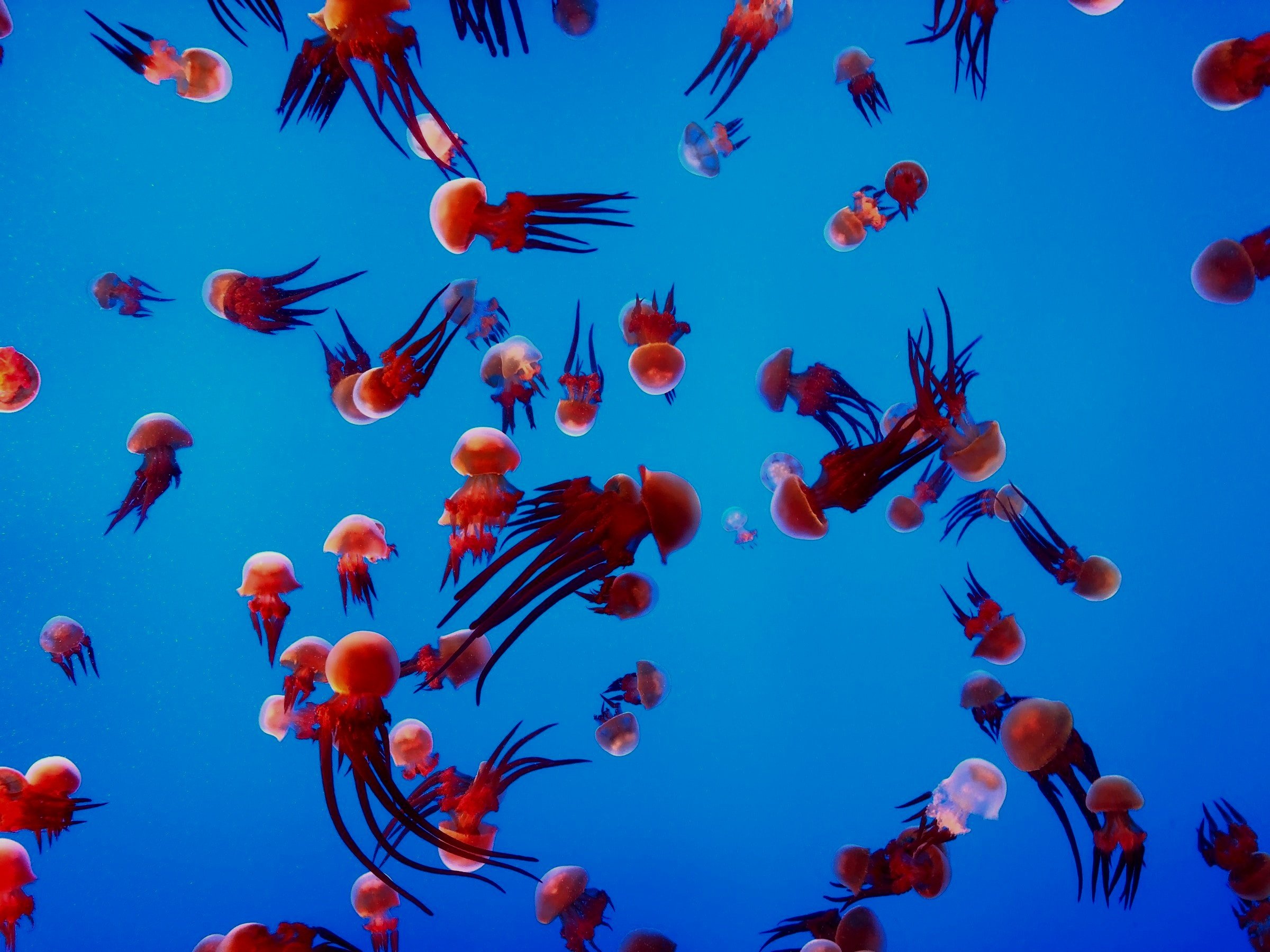
Glossary
A
Affective state
In contrast with an emotional response to a single stimulus, an affective state is a longer-lasting mood state (such as anxiety or depression) that results from an accumulation of experiences. (UC Davis Department of Animal Science)
Anthropodenial
An underestimation of the similarities between humans and animals.
Anthropomorphism
An overestimation of the similarities between humans and animals.
Arousal
The level of activation associated with a mental state. For example, excited and relaxed both have positive valence, but the former has high arousal and the latter has low arousal.
B
Biologging
The use of electronic devices attached to unconstrained animals to store and/or transmit physical and/or biological data
Biological function
One of the major orientations recognized by animal welfare thinking. Places importance on health, growth, and reproduction. (Fraser, 2003)
C
Cognition
The mental functions by which knowledge is acquired, retained, and used: perception, learning, memory, and thinking. (Neuroscience and Biobehavioral Physiology)
Community (academia)
The network of researchers working in the same or related fields who collaborate, share ideas, and peer-review one another’s work.
Community (ecology)
All of the organisms inhabiting a particular area. The area is often defined by a scientist based on natural boundaries, but can also be an arbitrarily defined study area. (OpenStax Biology)
Compassionate conservation
A movement in conservation biology, where animal welfare is central to conservation management and decision making. The aim is to minimize harms to individual animals while maximizing conservation outcomes for species and ecosystems.
Consequentialism
A moral framework that assesses the morality of an action based on a cost-benefit analysis of its consequences. The more the benefits of an action outweigh the costs, the more moral the action is deemed to be.
Conservation
The preservation of biodiversity through the protection and management of biotic wholes (species, ecosystems, and populations) and genetic diversity.
E
Evidence-based (management for wild animal welfare)
A practice of interacting with wild animals in a way that improves their welfare by choosing management practices that high-quality scientific evidence connects to positive outcomes. High-quality evidence might include multiple papers from different scientists, replicated results over multiple studies, good statistical analysis, or evidence that the connection between the practice and welfare is consistent across a large number of individuals or populations.
F
Fertility control
Management of a wild animal population by delivering non-lethal contraceptives.
Field building (the sciences)
Contributing resources to, and sharing information with, scientists in order to establish a community of individuals who publish and exchange ideas around a specific set of topics. Those individuals consider themselves members of the field and are recognized externally as such.
Fitness
An organism's ability to survive and reproduce. Often measured by the total number of offspring produced over one’s lifetime and who survive to adulthood and reproduce. (OpenStax Biology)
Five Domains Model
Evidence-based framework and update on the “Five Freedoms Model,” used to identify and categorize positive and negative welfare states in different settings. The domains include: (1) Nutrition, (2) Physical Environment, (3) Health, (4) Behavioral Interactions, and (5) Mental State. The framework includes a grading system that evaluates how the first four domains affect the fifth mental state domain. (Mellor et al. 2020)
G
Glucocorticoids
Hormones produced in vertebrates by the adrenal glands that help direct energy usage in the body to maintain homeostasis. Glucocorticoids play a role in the stress response, as well as other vital life functions. In fish and most mammals, cortisol is the primary glucocorticoid present; in reptiles, amphibians, birds and rodents, corticosterone is the primary glucocorticoid. (MacDougal-Shackleton et al. 2019; Romero and Wingfield 2016)
I
Indicator
A measured variable that impacts or is impacted by welfare and can serve as a marker of welfare. Not all indicators are equally valuable in evaluating welfare, and the feasibility and accuracy of different indicators vary significantly.
Indirect effects (of welfare interventions)
A welfare intervention’s outcome for a non-target individual or population. For example, if a vaccine is administered to the individuals of one species of bird, the direct effect might be a welfare improvement for those birds who will no longer suffer from a deadly disease. But as this population of birds then grows, the indirect effect is that the individuals might more often out-compete a different bird species to gain access to a food source, resulting in the other species’ population to starve and suffer a decrease in welfare.
Interdisciplinary, multidisciplinary, and transdisciplinary
Interdisciplinary: Reliant on the coordination and synthesis of methods or knowledge from more than one field.
Multidisciplinary: Drawing on methods or knowledge from more than one field.
Transdisciplinary: Going over and above disciplinary boundaries, following a process that assembles disciplines and recombines information. This recombination implies breaking down the existing compositions into their elements and recombining them into a new form. (Alvargonzález 2011)
Invasive (methods)
A method of collecting data on an individual through deliberate access to the body via an incision, instrumentation via a natural orifice, or percutaneous puncture (in which instrumentation is used in addition to the puncture needle). Steps preceding an invasive procedure, such capture or restraint, might be more disturbing for animals than the invasive method itself. (BMJ)
L
Life history
An individual’s pattern of survival and reproduction, along with the traits that directly affect survival and the timing or amount of reproduction. (Oxford University Press)
M
Metric
A framework used to bring together multiple indicators and output a single welfare score for each individual or population under study.
N
Net-negative life
A negative experience is an experience that an individual would rather not have had. A net-negative life is a life which an individual would rather not have lived, because their negative experiences outweighed their positive experiences. For more information, see Core Concepts: Net-negative Lives.
Q
QALY
Quality-Adjusted Life Year: A framework commonly used in medicine to compare the value of various medical treatments, which can also be a tool for assessing welfare interventions. (MacKillop and Sheard 2018)
R
Recruitment
The rate at which the number of new reproductive adults increases in a given population over a given period of time, whether by juveniles surviving to join their ranks or by adults immigrating from other populations.
S
Sentience
The ability to subjectively experience pleasure or pain, to have a point of view from which different experiences can feel better or worse.
Stress
A real or perceived disturbance to an individual’s homeostasis that leads to a physiological or behavioral response. It involves a stressor (unanticipated disturbance) and a stress response. Stress is mostly expected to be associated with an increase in arousal, but its effects on valence are likely more variable.
System dynamics
Consideration for how individuals, populations, and species interact with and affect each other within an ecological system.
T
Tractable
Potentially solvable if more resources are allocated, as in a difficult problem.
Trade-off
Prioritization of resource allocation between competing life functions or between individuals.
Trophic cascade
The effects of predators on prey that propagate down food webs. They cause inverse patterns of abundance and biomass among trophic groups. (Encyclopedia of Biodiversity)
U
Utilitarianism (hedonistic)
The philosophical theory that the correct action is the one that is most likely to produce the greatest net happiness (or welfare) across all individuals.
V
Valence
The perceived hedonic quality of emotional states, ranging from positive to negative; the pleasantness or unpleasantness of a mental state.
W
Welfare
The aggregate quality of an individual’s subjective experiences over a given time period (or the sum of the welfare of each individual in a group). This can also be called “well-being” or “quality of life.” We use “improving welfare” interchangeably with “reducing or preventing suffering.” For more information, see Core Concepts: Welfare.
Welfare biology
A distinct, interdisciplinary area of study concerned with the subjective experience of animals, whether they are wild or under human management.
Welfare expectancy
A metric to estimate the expected value of welfare summed over an individual’s lifetime, based on the relationship between age-specific survivorship and age-specific welfare within their population. (Hecht 2021)
Wild animal
Any individual animal whose life is not closely managed by humans. This includes animals living freely in human-dominated environments, such as parks and urban spaces, but excludes pets, farmed animals, and animals kept in zoos or laboratories.
